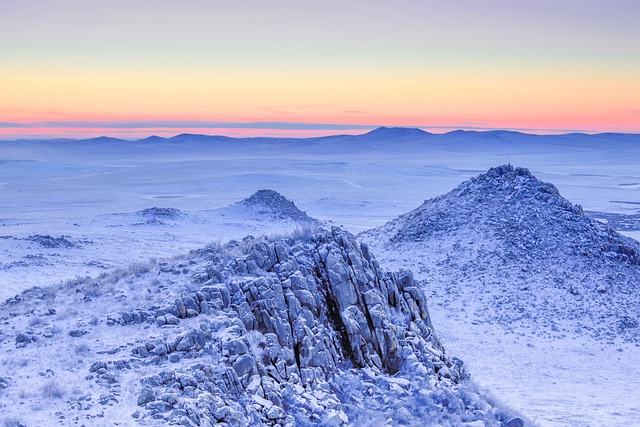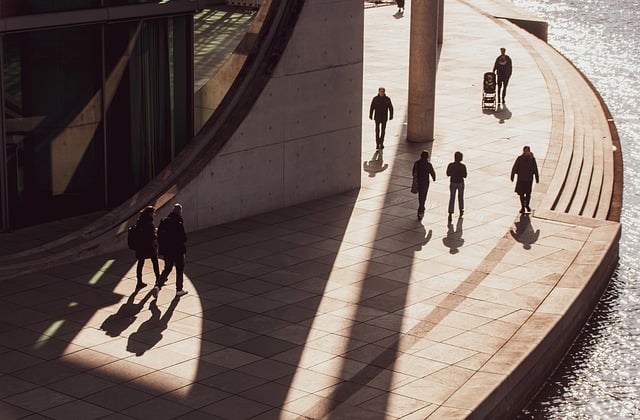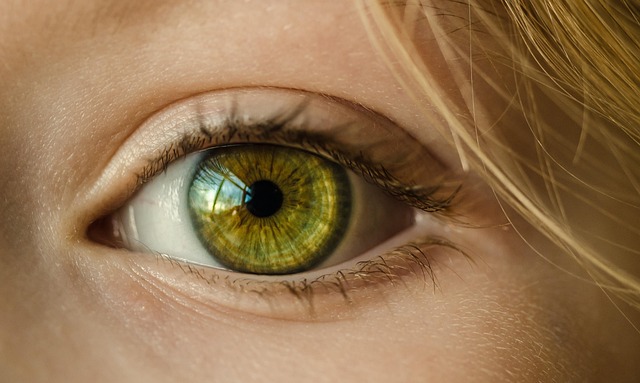Exploring the Beauty of Eastern Painting: A Harmonious Blend of Art and Design
Eastern painting is not just a visual experience; it is a profound journey into the heart of a culture that embodies harmony, spirituality, and the intricate balance between nature and humanity. This rich form of artistic expression has captivated the hearts of many, weaving a narrative that resonates deeply with the soulful observer.
One cannot speak of Eastern painting without acknowledging its deep-rooted history, deeply intertwined with philosophical and spiritual traditions. Whether it’s the serene landscapes of Chinese ink wash, the vibrant colors of Indian Miniature art, or the elegant simplicity found in Japanese Sumi-e, each style presents an invitation to experience a world where art and design communicate in a unified dialogue.
The Philosophy Behind the Brushstrokes
Eastern painting is often influenced by the philosophical concepts of Taoism and Zen Buddhism, emphasizing the importance of balance and the natural order. Each brushstroke is imbued with intention, reflecting the artist’s inner state and their connection to the universe around them. The fluidity seen in these compositions serves not merely as decoration but as a form of meditation, encouraging viewers to breathe deeply and find stillness amidst the chaos of modern life.
Elements of Design in Eastern Paintings
Beyond their philosophical underpinnings, Eastern paintings celebrate the art of design in ways that are both subtle and profound. The use of negative space is a particularly striking feature, as it invites the viewer to engage more fully with the artwork. This seemingly simple choice challenges our perceptions, urging us to find meaning not only in what is present but also in what is absent.
The color palettes employed in Eastern painting play significant roles as well. Earthy tones often evoke calm and tranquility, while vibrant splashes of color symbolize vitality and energy. Skillful layering of colors creates a depth that pulls the observer into the painting, allowing them to not merely view but to experience the art.
The Fusion of Art and Nature
Nature is a prominent theme in Eastern painting, harmoniously interwoven into the fabric of the artwork. Landscapes reflecting mountains, rivers, and flora are not just representations of physical beauty; they embody a deeper appreciation for the interconnectedness of life. This synergy between art and nature serves as a window to a world where humanity lives in concert with its environment, a vital lesson for our contemporary society that often forgets its roots.
The Global Influence of Eastern Painting
In today’s interconnected world, the influence of Eastern painting extends far beyond its geographic origins. Artists from various backgrounds draw inspiration from its techniques and philosophies, infusing their work with the elegance and mindfulness characteristic of Eastern traditions. This cross-cultural exchange enriches the global art landscape, inviting deeper conversations about authenticity and adaptation.
As we delve into the mesmerizing realm of Eastern painting, we unlock not just the beauty of the artwork itself but also the stories, philosophies, and traditions that breathe life into each piece. The next time you encounter an Eastern painting, take a moment to reflect on the harmony it portrays and the beauty it captures—an exquisite blend of art and design that invites you to lose yourself in its depths.



